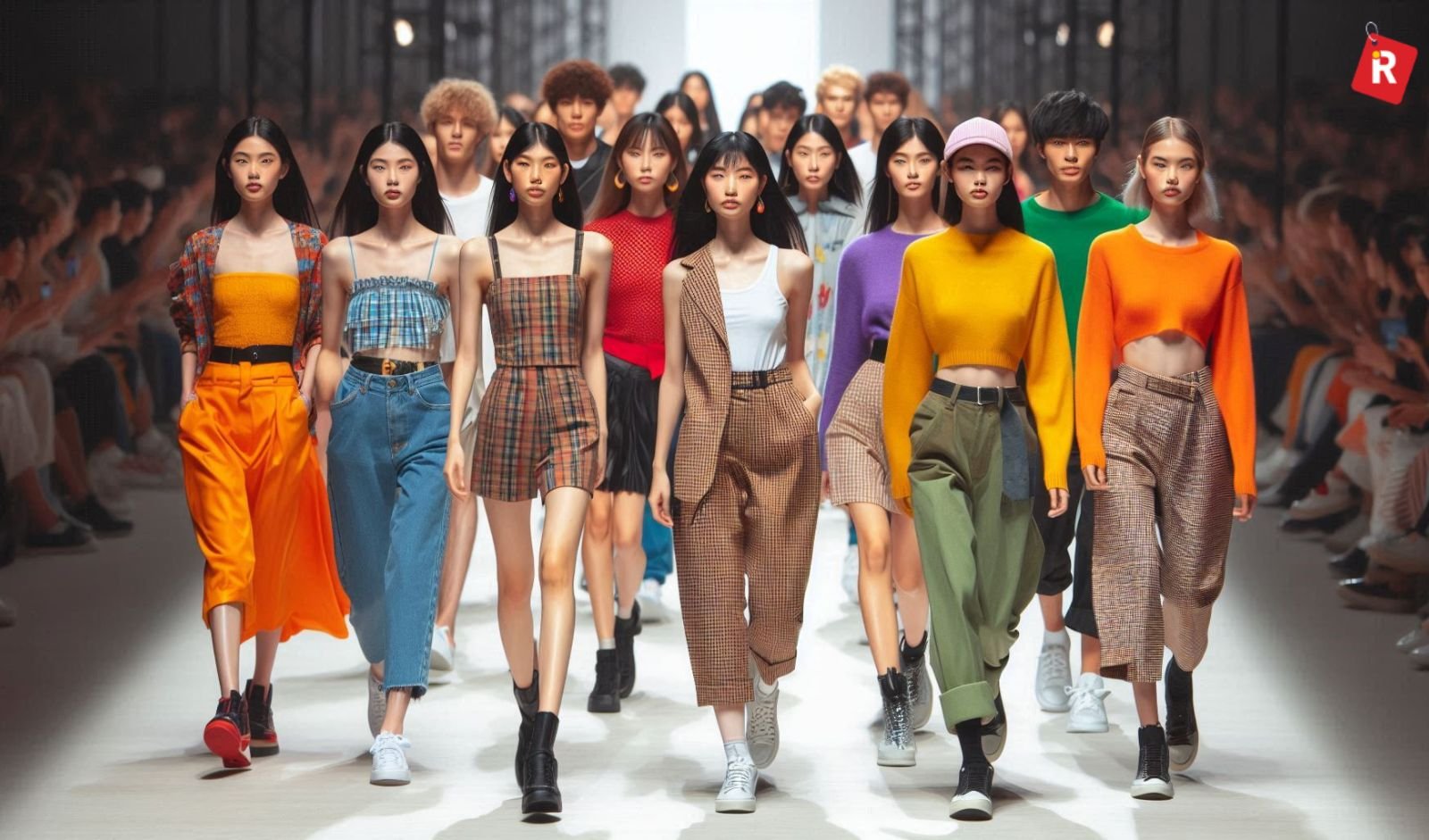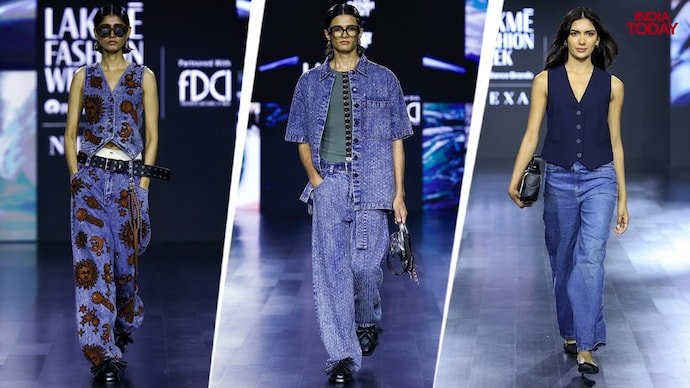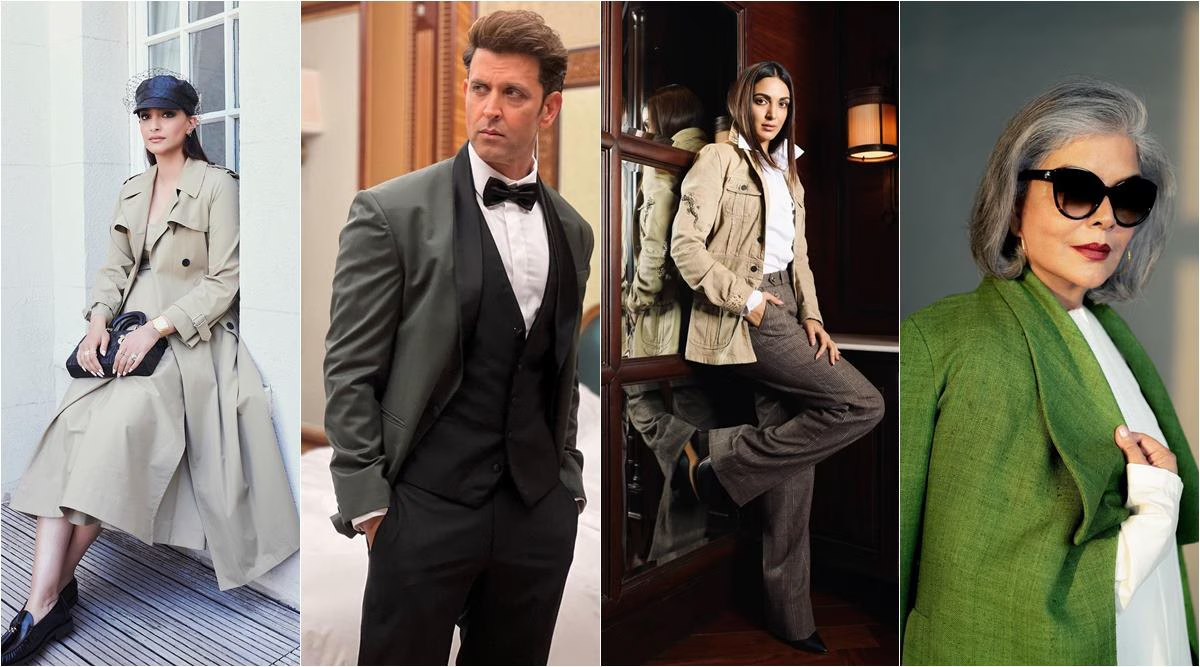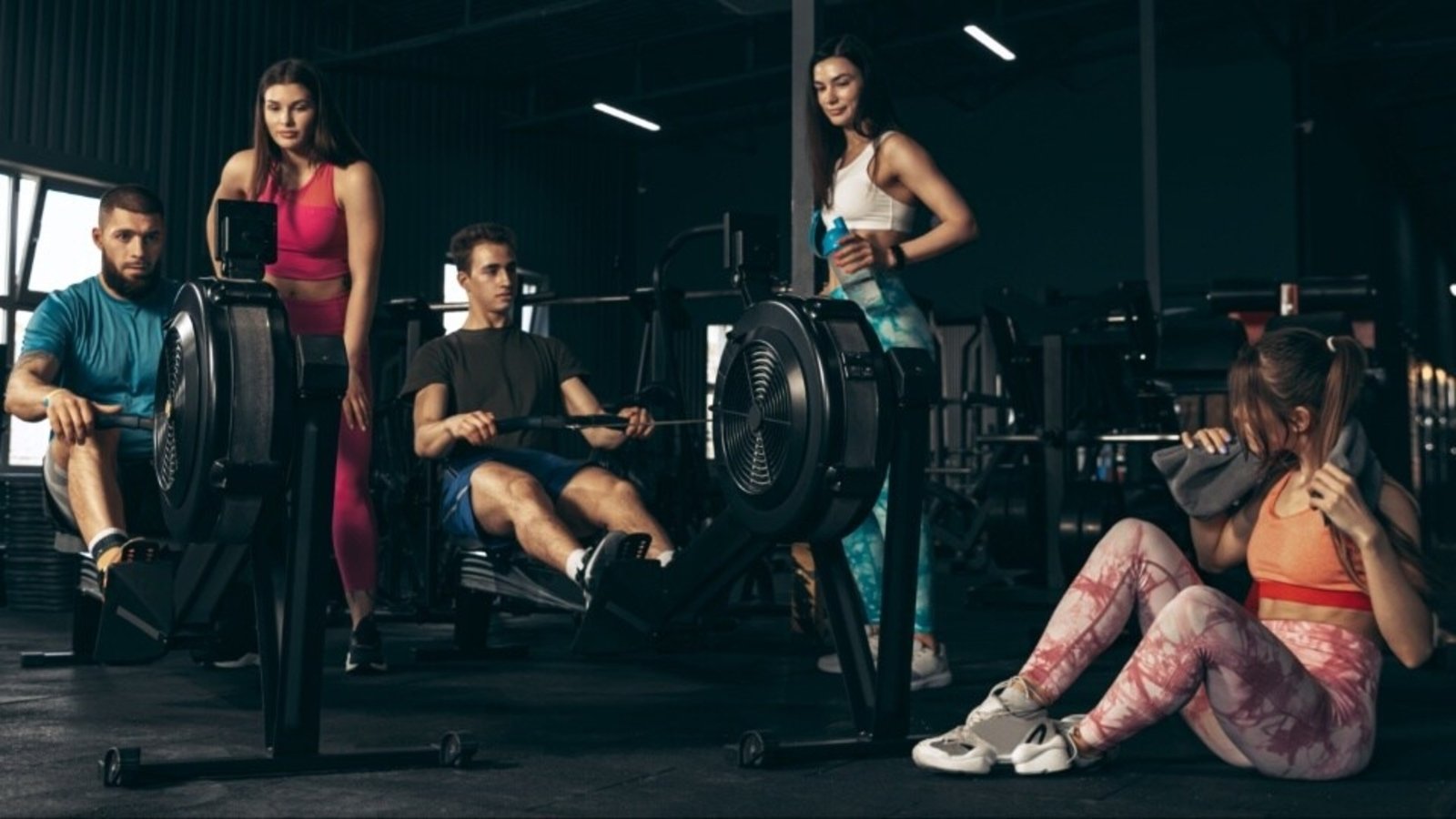Sustainability has become a major focus in the fashion industry, with designers, brands, and consumers prioritizing eco-friendly choices. As environmental concerns grow, sustainable fashion is no longer a passing trend—it’s a long-term movement that is shaping the future of style. From ethical sourcing to circular fashion, these sustainable fashion trends are here to stay. In this article, we explore the key trends that are transforming the industry and how you can embrace them in your wardrobe.
1. Circular Fashion: Reducing Waste Through Recycling and Upcycling
Circular fashion focuses on creating a closed-loop system where clothing is designed, produced, and used in a way that minimizes waste.
Key Aspects of Circular Fashion:
- Brands using recycled materials in new clothing lines
- Consumers repairing and repurposing old garments
- Companies offering take-back and resale programs
2. Ethical and Transparent Supply Chains
Consumers are demanding more transparency from brands, ensuring that clothing is made under fair labor conditions.
What Ethical Fashion Looks Like:
- Fair wages and safe working conditions for garment workers
- Brands disclosing their sourcing and production processes
- Ethical certifications like Fair Trade and B Corp labels
3. Slow Fashion: Quality Over Quantity
Slow fashion promotes mindful shopping, encouraging people to invest in high-quality, long-lasting pieces rather than trendy, disposable clothing.
How to Support Slow Fashion:
- Buy from brands that focus on craftsmanship and durability
- Choose timeless styles over short-lived trends
- Repair and maintain clothing to extend its lifespan
4. Thrifting and Secondhand Shopping
The resale market is booming as more people opt for pre-loved clothing instead of buying new.
Why Secondhand Fashion is Popular:
- Reduces textile waste and overproduction
- Allows consumers to find unique, vintage, and high-quality pieces
- More affordable than buying brand-new sustainable fashion
5. Plant-Based and Biodegradable Fabrics
The rise of sustainable fabrics made from plants and biodegradable materials is transforming the industry.
Popular Sustainable Fabrics:
- Organic cotton: Grown without harmful pesticides
- Hemp and linen: Durable, biodegradable, and low-impact
- Tencel (Lyocell): Made from sustainably sourced wood pulp
- Piñatex: A leather alternative made from pineapple leaves
6. Zero-Waste Fashion Design
Brands are adopting zero-waste techniques to minimize fabric waste during production.
Zero-Waste Techniques:
- Pattern-cutting methods that use every part of the fabric
- Upcycling fabric scraps into new designs
- Creating made-to-order pieces to avoid excess inventory
7. Vegan and Cruelty-Free Fashion
As awareness of animal welfare grows, more brands are moving away from animal-derived materials.
Ethical Alternatives to Animal Products:
- Faux leather made from mushroom, apple, or cactus fibers
- Wool alternatives derived from plant-based or recycled materials
- Silk alternatives like Cupro, which is made from cotton waste
8. Carbon-Neutral and Eco-Friendly Brands
Many fashion brands are committing to carbon-neutral production and eco-friendly initiatives.
Sustainable Brand Practices:
- Offsetting carbon emissions through reforestation projects
- Using renewable energy in production facilities
- Reducing water consumption and pollution
9. Minimalist and Capsule Wardrobes
A growing number of consumers are embracing minimalism by curating capsule wardrobes with versatile, high-quality pieces.
Benefits of a Capsule Wardrobe:
- Encourages intentional shopping habits
- Reduces the need for excessive consumption
- Makes daily outfit choices easier and more efficient
10. Sustainable Fashion Tech Innovations
Technology is playing a key role in the future of sustainable fashion, with innovations that reduce waste and improve efficiency.
Fashion Tech Advancements:
- 3D printing for zero-waste clothing production
- AI-driven design tools to optimize material usage
- Digital fashion, where virtual clothing replaces physical purchases
Conclusion
Sustainable fashion is not just a trend—it’s a movement that’s reshaping the industry. As consumers become more conscious of their environmental impact, brands are adapting by embracing ethical production, innovative materials, and circular fashion models. By making mindful choices, such as shopping secondhand, investing in quality pieces, and supporting eco-friendly brands, we can all contribute to a more sustainable and responsible fashion future.




